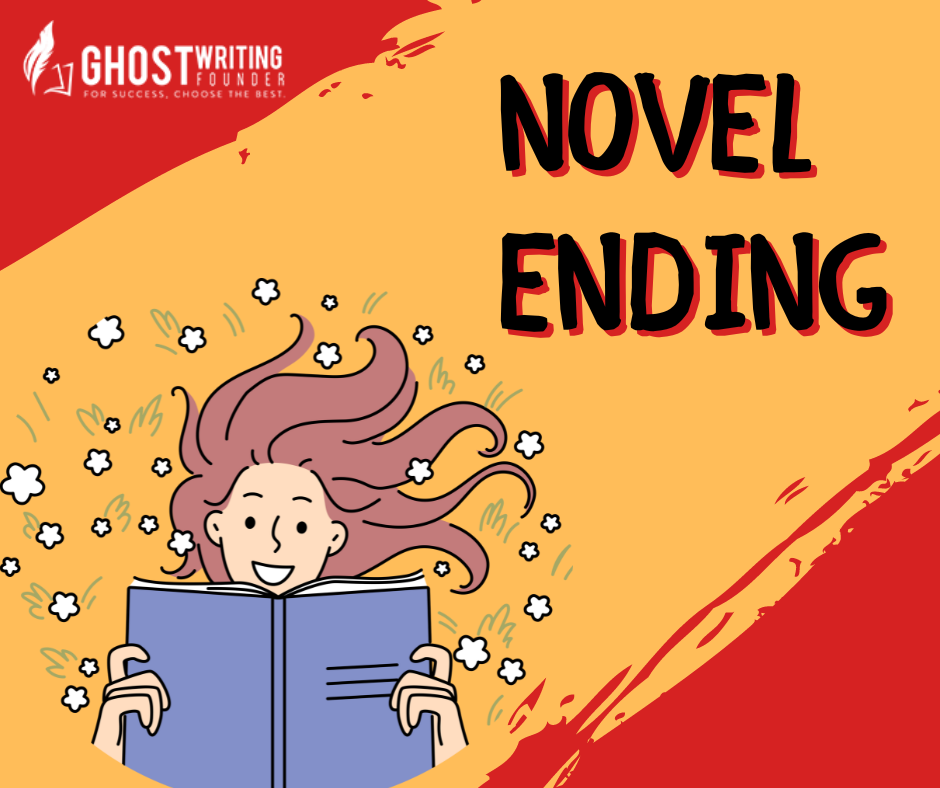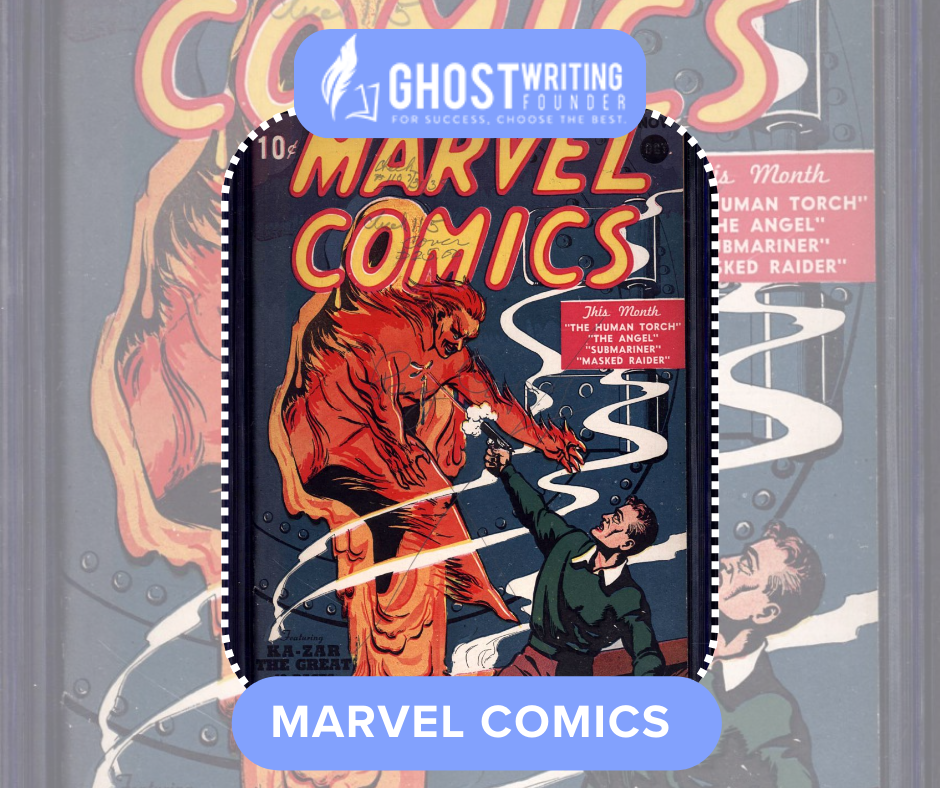
Writing
Writing is hard, but don’t overlook the difficulty — and the importance — of editing your own work before letting others see it. Here’s how you can edit your own writing.
Writing and Editing your own Writing
The main key to good writing and editing your own writing is what separates the quickly written, randomly punctuated, incoherent rants that are learned polemics and op-eds and cringe-worthy fan fiction from some critically acclaimed novels. By the time this article is completed, I would have edited and rewritten each of the lines at least a few times. Here’s how you can edit your own writing.
Remember that what you write is just the first draft. It doesn’t matter how good or critical of a thinker you are as a writer — the first few words that you put on the page are the first draft. Writing is all about thinking: It’s quite rare that you know exactly what you’re going to write before you write it. In the end, you need, at the very least, to go back through the draft, clean up everything, and ensure that the introduction you wrote at the very start matches what you eventually wrote so that you would not need to edit your own writing.
Argument or Flirtation
A former writing teacher, an essayist, and cartoonist explained about the revision to me: “One of my favorite phrases of his sayings is “l’esprit d’escalier,” ‘the spirit of the staircase’ — this means that the experience of realizing, too late, what a perfect thing to have said at the party, in an argument or flirtation or a conversation would have been.
Writing offers us one of the rarest chances in life at a do-over: to make it right and say what you meant this time. To the extent writers that are able to appear any smarter or wittier than their readers, it is only because they have cheated by taking too much time to think about what they meant to say and refining it over days or weeks or, maybe even years, until they’ve said it as clearly and elegantly as they can. So this tells you that you should take a lot of time to edit your own writing; just a few re-dos like three to 4 times, and you will be set to go.
All the time that you put into editing, revising, and refining turns your first draft into a second – then to a third and, if you stay at it, eventually, something great comes out. The biggest mistake you can make as a writer is to assume that what you wrote the first time will be good enough.
Now, let’s look at how to do the actual editing.
Watch for common errors when you edit your own writing. Most of the mistakes made during writing are depressingly common; good writers just get better at catching their own mistakes before they hit the page. If you’re serious about improving your writing about editing your own writing, I would definitely recommend you to read “The Elements of Style” by William Strunk Jr. and E.B. White, a how-to guide on writing good and to edit your own writing, also includes clear English and avoiding the most common mistakes that writers make. “Politics and the English Language” by George Orwell is also quite worthy of reading if you want to avoid any ugly and inaccurate writing.
Take a break from your work some time. When you are writing something, you get very close to it. It gets almost impossible to create your distance to edit properly and straight away. Instead of this, you need to step away, take a break, and come back later with fresh eyes. The longer you leave a draft before you edit your own writing, the better. I have a few essays that I go back to every few months for another pass to catch some more errors — they’re still not done yet. For most things, somewhere from an hour or half to two days is enough to take a break that you can then edit your own writing well. Even 10 minutes will do in a pinch for things like emails that are to be sent quickly.
Read your Work
When you sit down to edit your own writing, read your work out loud. Force yourself to speak the words, rather than just reading them on a computer screen. You will catch more problems and get a better feel for how everything flows when you read them out loud. If you get stuck over something, your reader will probably get stuck over it, too. Some of the writers even take-out prints of their drafts and make edits with a red pen while they read them aloud to be clearer.
Good Editor
Edit your own writing line by line. A good editor will consistently go through and read a piece of writing line by line, and that is what you should learn and do as well. It might take some time and be a painstaking task, but if you are going to edit your own writing, you’ll need to look pretty closely at the words you’ve written to find any issues like grammatical errors or typos.
Editing is not a one time process, and the chances are that you might need read-throughs to find all of your weak sentences, grammar mistakes, punctuation errors, and spelling errors.
Be ready to look out for grammar and word choice issues that you make when you edit your own writing. Certain words can change the whole mood or feeling of a piece of writing and can even make the whole article or the story worse, and using weak verbs and weak adjectives will only exacerbate that.
Make sure that your writing feels strong and clear, confident, and uses a thesaurus with caution; if you’re not exactly sure how you are going to use the words, don’t!
Overwriting
Overwriting might be a bigger problem than underwriting. It’s much more possible that you have written a lot more than too little. It’s easier to throw some words at a problem than to take out the time to find the right problems. A 17th-century writer and scientist, Blaise Pascal, wrote in a letter, “I have made this longer than usual because I have not had time to make it shorter.”
The main rule for most of the writers is, “If in doubt, cut it.” The Pulitzer Prize winner and a great writer John McPhee has called this process “writing by omission.” Novelist Sir Arthur Quiller- exhorted a version of the often-repeated phrase, “In writing, you must kill all your darlings.” This saying is very true at every level: If you don’t think that a word is not necessary for a sentence, cut it; if any sentence feels unnecessary in a paragraph, cut it; and if a paragraph isn’t necessary for whatever you are writing, cut it, too.
Voice Writing
Keep your writing voice active. When working on active voice writing, the subject of a sentence is acting. Then that action has to be represented by a verb, which is the part of speech that anchors all complete and clear sentences. While the passive voice is not completely forbidden when working on a piece of writing, it is usually a good idea to set your voice energized, as it keeps your readers concentrated and engaged.
Avoid writing clichés. While they appear in good writing every so often, clichés are mostly boring unless you can add a unique twist to represent them or can integrate them in a way that doesn’t make the audience tired.
Main Attributes and Elaborate Information
| Editing Aspect | Strategy for Improvement | Benefit in Writing |
|---|---|---|
| Initial Draft Perception | Treat the first words as a draft, not final output. | Encourages iterative improvement and refinement. |
| Revision Mindset | Embrace rewriting and refining as key processes. | Elevates the quality and clarity of the writing. |
| Error Awareness | Be vigilant for common writing errors. | Reduces grammatical and stylistic mistakes. |
| Distance from Work | Take breaks to gain fresh perspectives. | Improves objectivity and critical assessment. |
| Reading Aloud | Read the draft out loud for flow and coherence. | Enhances rhythm and uncovers awkward phrasing. |
| Line-by-Line Editing | Edit meticulously, focusing on each line. | Ensures thoroughness and attention to detail. |
| Overwriting Awareness | Be wary of excessive words; practice conciseness. | Sharpens writing and removes unnecessary fluff. |
Style Guides
Get familiar with style guides to edit your own writing. Most professional editors may come equipped with pretty extensive editing skills, but it is impossible to learn what they know. Look up which writing style guide you can apply to your writing. When you are copywriting, you’ll more likely want the AP style guide, whereas fiction writing will ask for the use of the Chicago Manual. Follow the proper guidelines out there, practice them, and add them to your editing checklist: Are all the commas that you add in the place where they should be for this particular piece? Are words properly quoted? Knowing what to look for would expand your editing experience and practices. It will also help you with editing your own writing.
Save the process of proofreading for the very last, when you edit your own writing. Even if you are working on copy editing for some content marketing or writing the first draft of a memoir, proofreading is the very last step you should take when you edit your own writing. As you go through the piece of your writing, you’ll be able to rewrite sentences and paragraphs, so searching for grammar errors or doing the spell check before your final draft will only waste more time. It’s okay if you spot errors along the way (you do not have to ignore them), but don’t make it the first step you take when you tackle to edit your own writing.



![Best Books On Manifestation [For 2023]](https://blog.ghostwritingfounder.com/wp-content/uploads/2024/01/best-books-on-manifestation-For-2023.png)





Leave a Reply